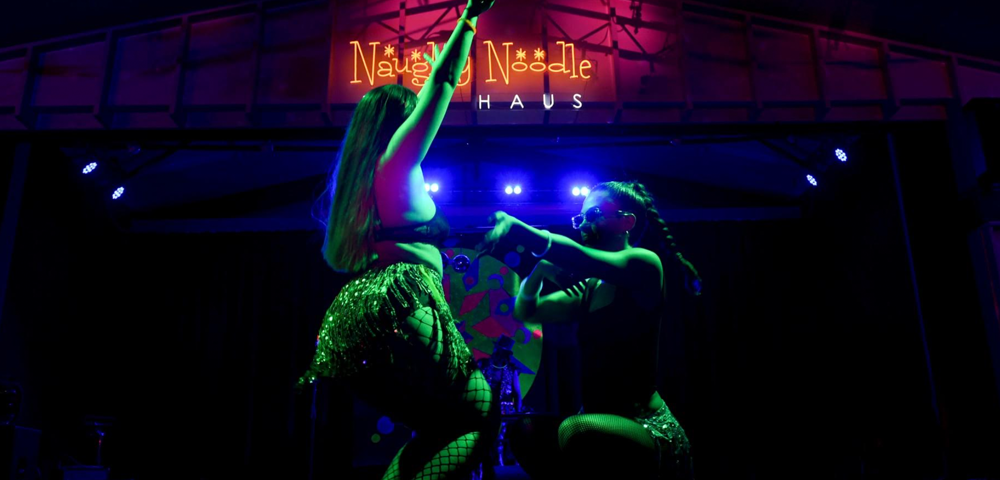
Fiesta time
Ford’s last successful baby car was the 1990s Festiva. Built by Kia in South Korea, this nasty hatchback’s questionable quality and dreary driving dynamics meant it was certainly no party to live with.
Yet, preposterously, the Festiva was inexplicably popular, like Achy Breaky Heart, Home Alone and Andie McDowell. There’s just no accounting for taste, eh?
Mercifully, Kia cut off its Festiva pipeline once Hyundai took it over in 1999, leaving Ford in Oz with the leftfield Ka, a sweet-to-steer and fun-to-fling Spaniard that failed to fire due to kooky styling, absent rear doors and no auto option.
So Ford is trying to woo light car buyers again with the Fiesta (as opposed to Festiva), a German alternative that, over three decades and four generations, has been slugging it out on the Continent with knee-high Renaults, Fiats and Peugeots.
Stylistically, unlike its bold Focus big bro, the Fiesta is coolly conservative yet handsomely chunky, blessed with a friendly face and a pert posterior. Its boxiness pays welcome dividends inside, with exceptional leg and headroom up-front, and an agreeable amount for adults out-back too. Then there’s the dashboard -“ solid, symmetrically stylish and smartly arranged.
The properly propped driver sits on firm but supportive seats, behind a grippy little steering wheel and crystal-clear instrumentation and beside the superbly slick gearshift. Commanding views outside, excellent ventilation, easy audio and climate controls and adequate storage areas also abound.
It’s well equipped too, with twin front airbags, five head restraints and lap/sash seatbelts, keyless entry, power front windows, power steering, tilt-adjustable steering column, CD player, rear window wiper, tachometer and 60/40-split rear seats. The latter augments a deep and accommodating luggage area that folded easily swallows a full-sized mountain bike.
But for all its squeak-free solidity, spaciousness and practicality, the look and materials err on the dour side compared to the brilliantly luminous and holistic Honda Jazz interior. That car also eclipses the Fiesta for rear seat space, comfort and versatility.
And three things erode the $14,490 Fiesta LX’s value-for-money argument: $2,000 extra for air-conditioning, no anti-lock (ABS) brake availability on the manual and an eye-searing $3,000 auto option. However, the latter is an excellent device that may even suit the Fiesta better than the superb manual gearbox, and it does include the anti-skid braking.
Niggles include rear side windows in the three-door that don’t open, some noticeable engine noise at speed (although that’s an endearingly raspy note to driving enthusiasts) and the lack of cabin grab handles. But if you’re a keen driver, then these won’t matter because no other baby car drives as brilliantly, with a poise and finesse to the Fiesta’s steering fluency and handling that really live up to its name.
And then there’s the engine, a spirited 1.6-litre four-cylinder number with plenty of punch down below yet enough top-end sparkle to put a real spring in its step. Fuel consumption isn’t bad either, although premium petrol is advised. If you use regular stuff then there’s a small performance dip.
The pluses just keep on coming, with the Fiesta offering a level of refinement and ride suppleness one just wouldn’t expect, along with brakes that bite with reassuring ease. If you drive a Festiva, then the Fiesta will feel like it’s from some distant Utopian future. In a crowded segment, the Fiesta has few drawbacks and many strengths.
So until the VW Polo finds a better engine, the Peugeot 206 a classier cabin, the Renault Clio a roomier interior and the Citroen C3 decent dynamics, the Ford aces its chi-chi Euro rivals. And it’s got more beep than the Holden Barina and feels more substantial than Toyota’s Echo. Only the roomier Honda Jazz and Mazda 2 keep it honest. But if you love to drive, then the Ford deserves to be your number one.









